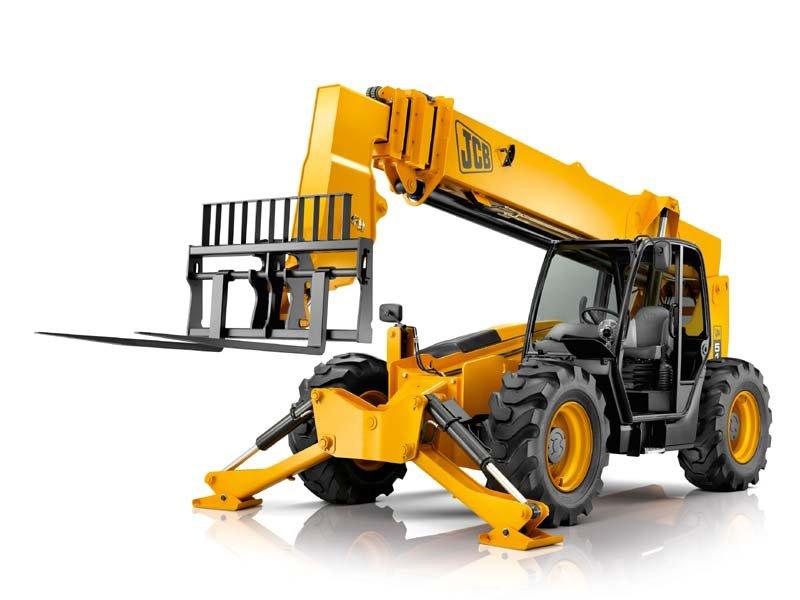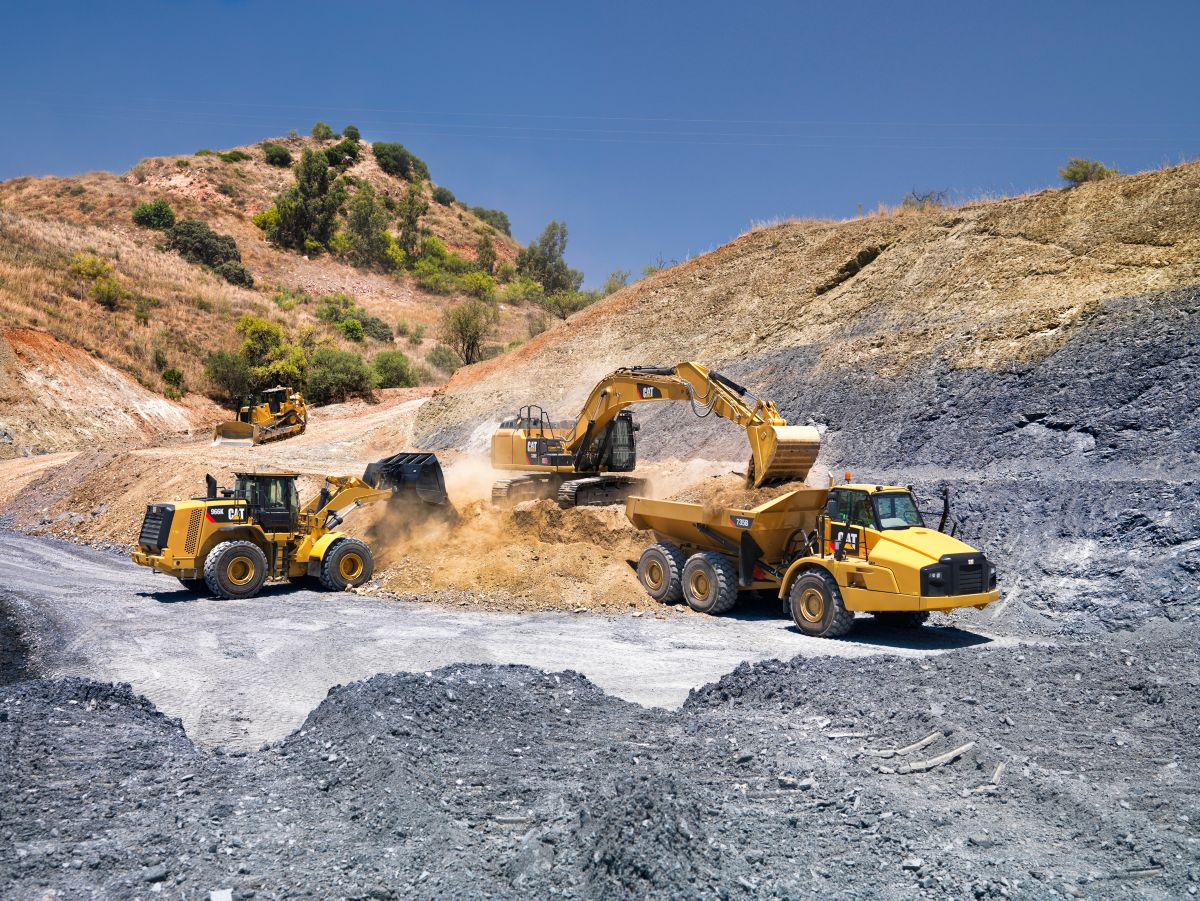Construction Equipment Rentals: Sturdy Machinery for Your Jobs
Construction Equipment Rentals: Sturdy Machinery for Your Jobs
Blog Article
Optimize Your Budget by Recognizing the Expenses Related To Building Equipment Rentals
Recognizing the complete scope of prices connected with construction equipment services is essential for optimizing your budget plan. What techniques can be used to successfully take care of these expenses and ensure a much more efficient rental experience?
Review of Rental Expenses
When taking into consideration building devices leasings, comprehending the associated prices is extremely important for reliable budgeting and project planning. Rental prices can differ significantly based upon a number of aspects, consisting of devices type, duration of service, and area. The first rental fee usually shows the tools's market need and its connected operational capacities, influencing the overall cost.
In enhancement to the base rental price, secondary costs may develop, such as transportation charges, gas surcharges, and maintenance costs. It is necessary to account for these extra expenses to properly analyze the total expense of renting out devices. Moreover, the rental duration can affect prices; longer rentals might certify for reduced prices, while temporary rentals could sustain greater daily costs.

Failure of Rental Rates
A detailed understanding of rental rates is necessary for specialists and job supervisors aiming to maximize their spending plans. Rental rates for building and construction equipment normally consist of numerous elements, consisting of base prices, time-based fees, and usage costs.
Base rates are the core charges related to the rental of the equipment, commonly established by the type and size of the equipment. These prices can differ dramatically, influenced by factors such as tools demand, schedule, and regional market patterns. Time-based costs, which may be daily, weekly, or monthly, serve to fit various job timelines and rental periods.
In addition, rental rates might consist of use charges, which apply when tools is used beyond a defined threshold, ensuring that the rental business can represent deterioration. Seasonal demand variations can additionally influence rental rates, with peak building seasons usually commanding greater rates.
Additionally, understanding the rental business's policies regarding upkeep and insurance can provide more understanding right into the general expense structure. By analyzing these parts, contractors can make informed choices, ensuring the choice of rental equipment lines up with both job demands and spending plan restraints.
Added Charges to Think About
Understanding the details of added charges is essential for service providers to handle their total rental expenses successfully. Beyond the standard rental rates, numerous extra More hints charges can dramatically affect the complete price of tools service. These charges commonly consist of delivery and pick-up charges, which can differ based on distance and logistics associated with transferring the tools to and from the task website.
In addition, some rental firms might enforce gas surcharges if the tools is returned with less gas than when rented. It is also important to be aware of prospective cleansing costs, especially for customized equipment that needs detailed maintenance after use.

Completely examining the rental agreement and making clear these extra costs in advance can aid service providers ensure and avoid unexpected costs that budget plans stay undamaged throughout the task lifecycle.
Upkeep and Repair Costs
Regular repair and maintenance expenditures are typically ignored aspects that can considerably influence the general cost of building and construction tools services. When renting devices, it is essential to think about not just the rental charges however additionally the potential expenses connected with maintaining the equipment in optimum operating problem.
Many rental firms include fundamental maintenance as component of the rental arrangement; however, more unanticipated failures or substantial fixings can result in extra expenditures. It's necessary to review the rental contract thoroughly to understand what maintenance services are covered and what responsibilities fall on the occupant.
Furthermore, equipment that is not well-maintained can cause inefficiencies on duty website, potentially enhancing and creating delays task prices. To reduce these dangers, it is suggested to carry out normal assessments and maintain open interaction with the rental copyright regarding any kind of problems that occur throughout use.
Insurance Policy and Liability Prices
Insurance and responsibility costs are important parts that can considerably impact the overall expense of construction equipment leasings (scissor lift rental). These costs guarantee that both the rental business and the customer are safeguarded from prospective monetary losses occurring from crashes, damage, or loading and unloading heavy equipment burglary throughout the rental period

In addition, customers need to be mindful of any deductibles or exemptions in the insurance policy, as these can affect prospective out-of-pocket expenses. Comprehending the conditions of any insurance protection is important to avoid unforeseen costs. Eventually, budgeting for insurance and obligation costs can help guarantee a smoother rental experience and safeguard check over here versus financial threats connected with building tasks.
Conclusion
In final thought, a comprehensive understanding of the prices associated with building and construction devices rentals is necessary for efficient budget plan management. Ultimately, educated decision-making regarding equipment leasings adds to the overall success of building and construction ventures.
Rental costs can vary significantly based on a number of variables, consisting of tools kind, duration of leasing, and location (scissor lift rental). The rental duration can impact prices; longer leasings may qualify for discounted rates, while temporary rentals might incur greater day-to-day costs
By conducting thorough study and engaging with credible rental business, professionals can properly browse the intricacies of rental prices, inevitably optimizing their monetary sources.
Beyond the typical rental prices, numerous supplemental fees can substantially affect the overall expense of equipment rental. Rental companies typically offer obligation insurance policy that covers injuries to third parties or damages to building, while devices damages insurance can cover the expense of repair services or substitute if the rented tools is harmed.
Report this page